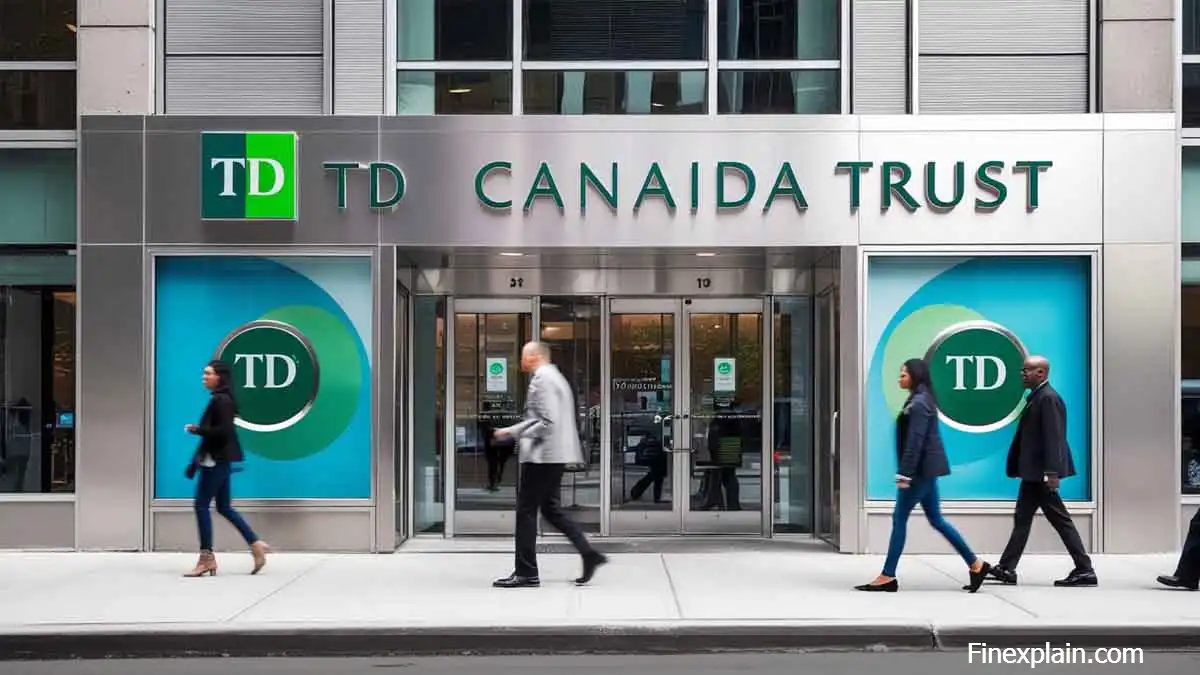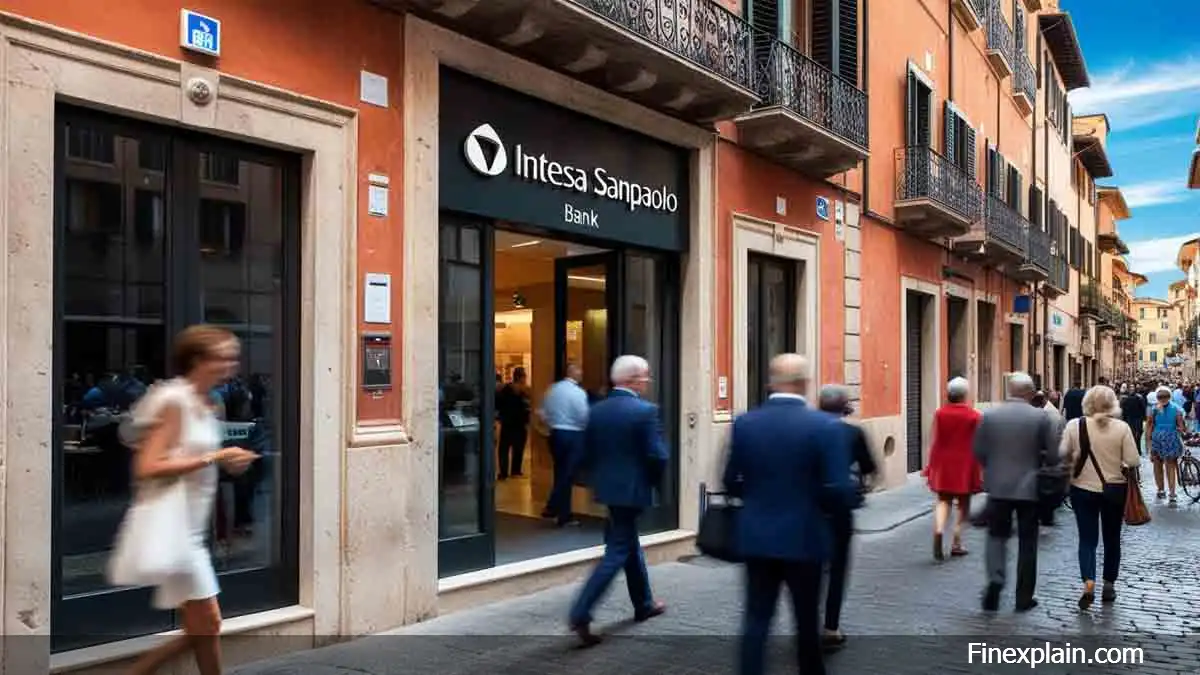If you're wondering why your Chase Bank account was suddenly frozen, you're not alone. Many customers are surprised when they discover they can no longer access their funds. While it can be stressful, understanding the reasons behind the freeze and knowing the correct steps to take can help you resolve the issue quickly.
Common Reasons Chase Bank Freezes Accounts
Chase Bank, like all financial institutions, must comply with federal regulations and internal risk management policies. A frozen account doesn’t always mean wrongdoing — it’s often a precaution. Here are the most frequent causes:
- Suspicious or Unusual Activity: Sudden large deposits, international transactions, or activity inconsistent with your normal behavior may trigger a fraud alert.
- Overdrawn Balance or Excessive Overdrafts: Repeated overdrafts or unpaid fees can lead to restrictions.
- Identity Verification Issues: Incomplete, outdated, or unverified personal information may cause a hold.
- Legal Judgments or Government Orders: Court-ordered levies, IRS liens, or subpoenas can result in account freezes.
- Link to Fraudulent Activity: If your account is associated with a compromised business or individual, it may be temporarily restricted.
- Unresolved Disputes: Ongoing customer service issues or unresolved chargebacks may prompt a review.
Account freezes are often precautionary, not punitive. Chase Bank prioritizes security and regulatory compliance, which sometimes means temporarily restricting access to protect both the customer and the institution.
What to Do If Your Chase Account Is Frozen
Don’t panic. A frozen account can often be resolved with prompt action. Follow this step-by-step guide:
- Check Your Email and Chase Notifications: Chase usually sends an alert explaining the reason for the freeze. Look for messages from
This email address is being protected from spambots. You need JavaScript enabled to view it. . - Log In to Your Online Account: Visit chase.com and review any banners or alerts on your dashboard.
- Contact Chase Customer Service Immediately: Call the number on the back of your card or use the general support line: 1-800-935-9935.
- Visit a Local Branch: Speaking with a banker in person can speed up verification and resolution.
- Provide Required Documentation: Be ready to verify your identity with a government-issued ID, proof of address, or recent statements.
- Follow Up in Writing: If needed, send a formal letter to Chase’s dispute department with your account number and a clear explanation.
How to Prevent Future Account Freezes
Proactive steps can help you avoid disruptions. Consider these best practices:
- Keep Your Contact Information Updated: Ensure your phone number, email, and address are current in your Chase profile.
- Monitor Account Activity Regularly: Use the Chase Mobile app to review transactions daily.
- Notify Chase Before Travel: Especially for international trips, set a travel notice to prevent fraud alerts.
- Maintain a Positive Account History: Avoid repeated overdrafts and pay fees on time.
- Respond Promptly to Verification Requests: Don’t ignore emails or calls from Chase asking for confirmation.
Chase Bank Contact Information for Account Issues
If your account is frozen, reach out using these official channels:
- Customer Service (General): 1-800-935-9935
- Business Banking Support: 1-877-228-5348
- Online Support: Visit chase.com and use the “Message Us” feature in your account
- Branch Locator: Use the Chase website to find a nearby branch for in-person assistance
- Disputes & Fraud: 1-866-564-2262
For fastest resolution, call during weekday business hours and have your account number and ID ready.
Final Thoughts
A frozen Chase account can be unsettling, but it’s usually a temporary measure. By understanding the potential triggers and acting quickly, you can regain access and protect your financial health. Stay proactive, stay informed, and maintain open communication with your bank to avoid future issues.
Share this article:





